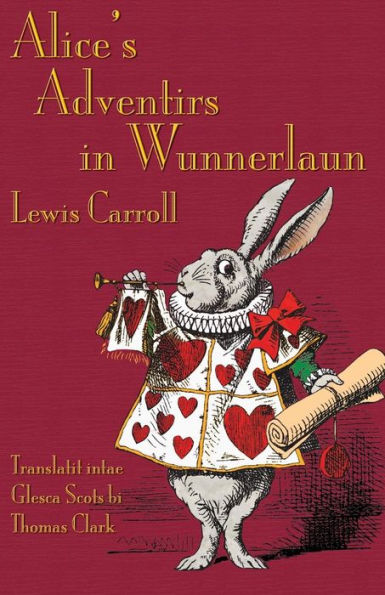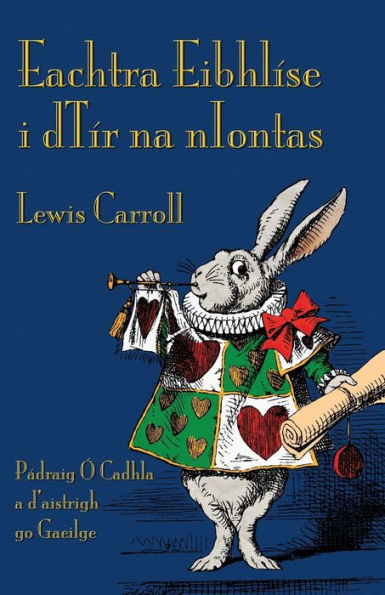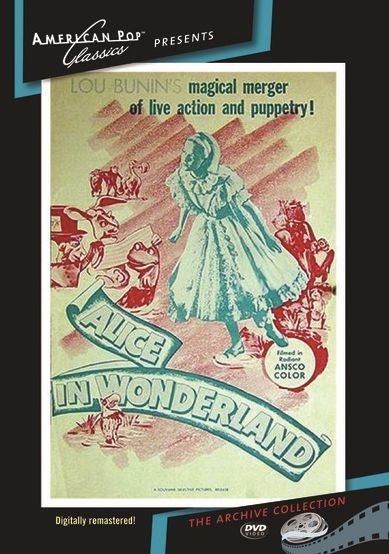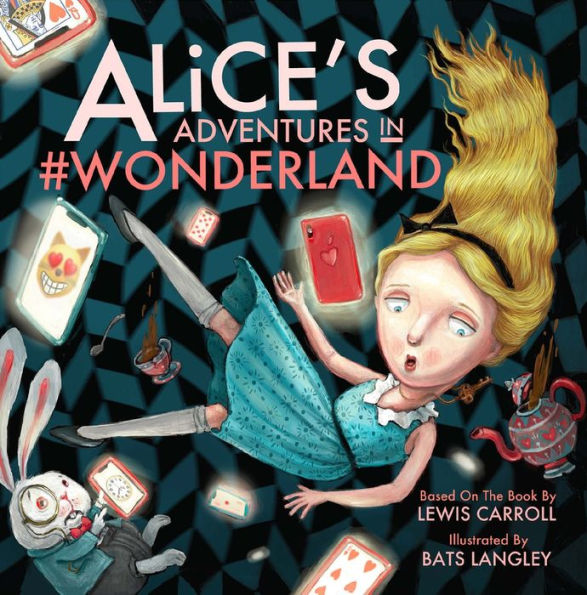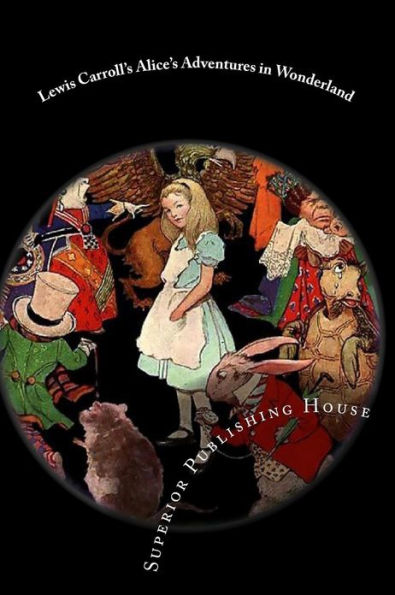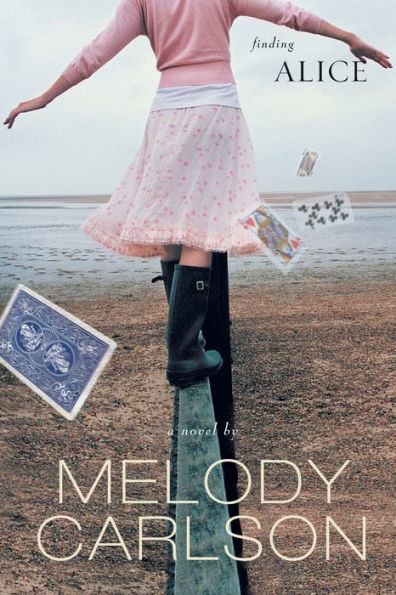Home
Ailice's Anters in Ferlielann: Alice's Adventures in Wonderland in North-East Scots (Doric)
Loading Inventory...
Barnes and Noble
Ailice's Anters in Ferlielann: Alice's Adventures in Wonderland in North-East Scots (Doric)
Current price: $15.95
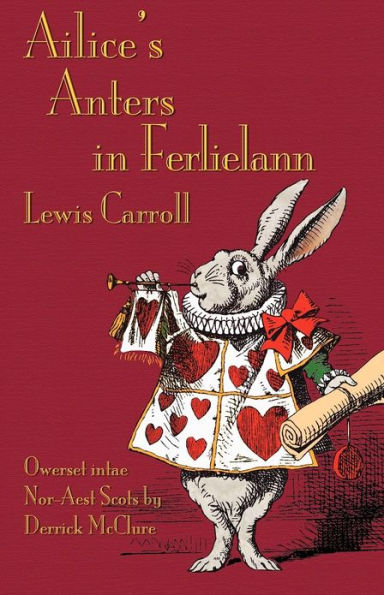

Barnes and Noble
Ailice's Anters in Ferlielann: Alice's Adventures in Wonderland in North-East Scots (Doric)
Current price: $15.95
Loading Inventory...
Size: OS
*Product Information may vary - to confirm product availability, pricing, and additional information please contact Barnes and Noble
Lewis Carroll is a pen-name: Charles Lutwidge Dodgson was the author's real name and he was lecturer in Mathematics in Christ Church, Oxford. Dodgson began the story on 4 July 1862, when he took a journey in a rowing boat on the river Thames in Oxford together with the Reverend Robinson Duckworth, with Alice Liddell (ten years of age) the daughter of the Dean of Christ Church, and with her two sisters, Lorina (thirteen years of age), and Edith (eight years of age). As is clear from the poem at the beginning of the book, the three girls asked Dodgson for a story and reluctantly at first he began to tell the first version of the story to them. There are many half-hidden references made to the five of them throughout the text of the book itself, which was published finally in 1865. The North-East dialect of Scots, locally called the "Doric", has a long and distinguished history as the medium of one of the liveliest and most individual local literatures in Scotland. It first emerged in literary form during the Vernacular Revival of the eighteenth century; an outstanding practitioner of the mid-nineteenth century was Lewis Carroll's friend George MacDonald, who, though his lasting renown is mainly founded on his children's books and fantasy stories, wrote many domestic novels set wholly or partly in his North-Eastern calf-ground, in which the dialect is skilfully presented. In translating Alice, Derrick McClure has endeavoured to find some kind of counterpart for every literary and linguistic trick in the original: that is an ambitious aim, but any translation above the level of a mere crib is a tribute to its source, and an original of such ingenuity as this book deserves the highest tribute possible, in a translation which pays full attention to all the clever and delightful tricks with which Carroll adorned his text. It is the author's hope that the translation will be read not simply as a linguistic curiosity or a test case for some of the problems of literary translation, but as a not unworthy addition to the corpus of Doric literature and Scots children's writing.
